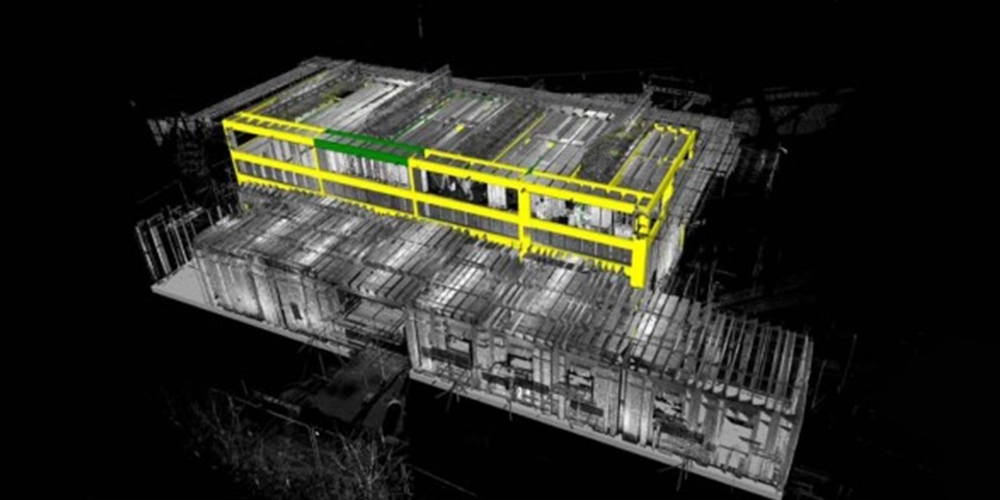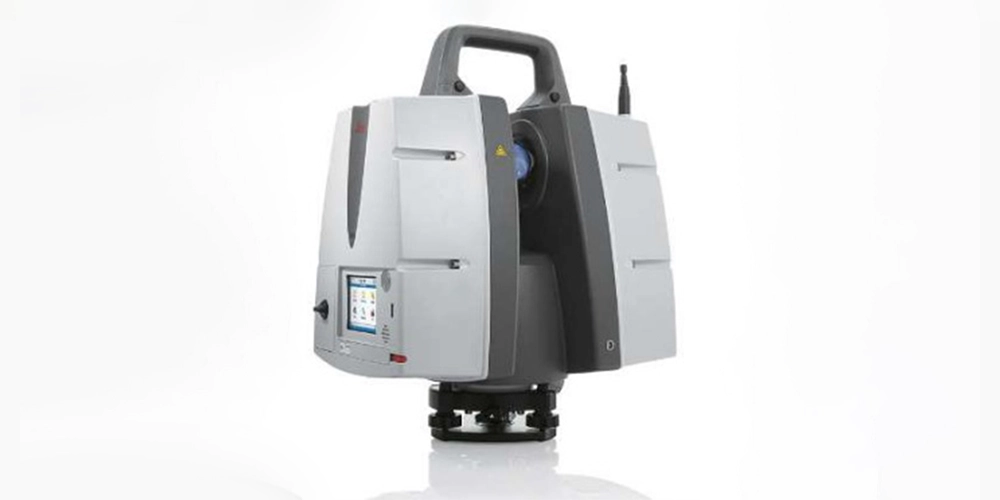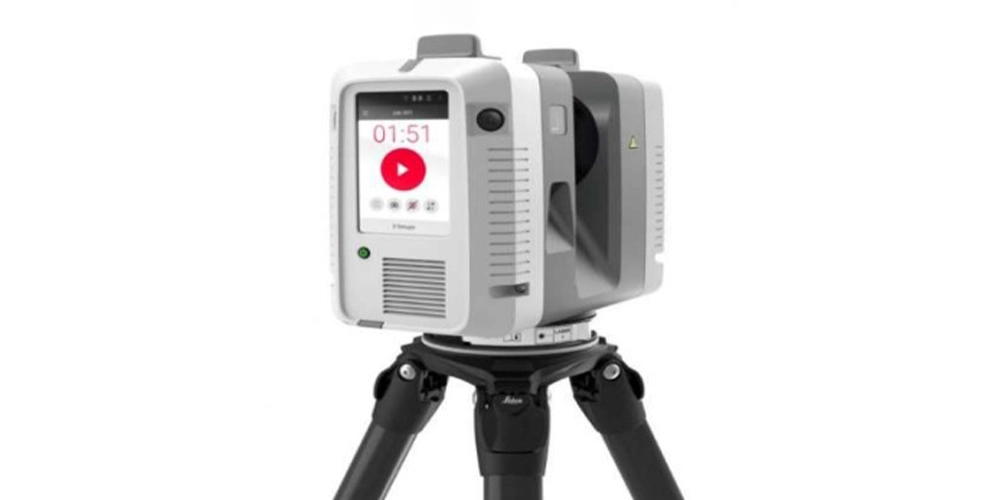Our Services

In a Scan to BIM process, a laser scanner is used to capture an accurate 3D scan of the real-world conditions on a project. The scan data is then imported into a 3D modeling environment to create either accurate as-built models or to inform the design with the real-world conditions.
Three important steps of the BIM scanning process are:
Some of the advantages of Scan to BIM
Our Resources
Leica P40 3D Scanner

The Leica ScanStations deliver the highest quality 3D data and HDR imaging at an extremely fast scan rate of 1 mio points per second at ranges of up to 270 m.
Unsurpassed range and angular accuracy, paired with low range noise and survey-grade dual-axis compensation, form the foundation for highly detailed 3D colour point clouds mapped in realistic clarity.
Leica RTC 360

The Leica RTC360 laser scanner makes 3D reality capture faster than ever before. With a measuring rate of up to 2 million points per second and an advanced HDR imaging system, the creation of coloured 3D point clouds can be completed in under 2 minutes.
Plus, automated targetless field registration (based on VIS technology) and the seamless, automated transfer of data from site to office reduce time spent in the field and further maximise productivity. Small and lightweight, the Leica RTC360 scanner’s portable design and collapsible tripod mean it’s compact enough to fit into most backpacks, ready to be taken anywhere.
Once on site, easy-to-use one-button operation makes for fast, hassle-free scanning. Low-noise data allows for better images, resulting in crisp, high-quality scans that are rich in detail and ready for use in a range of applications. Combined with Cyclone FIELD 360 software for automated registration in the field, the Leica RTC360 scanner offers outstanding precision that can be checked on-site.